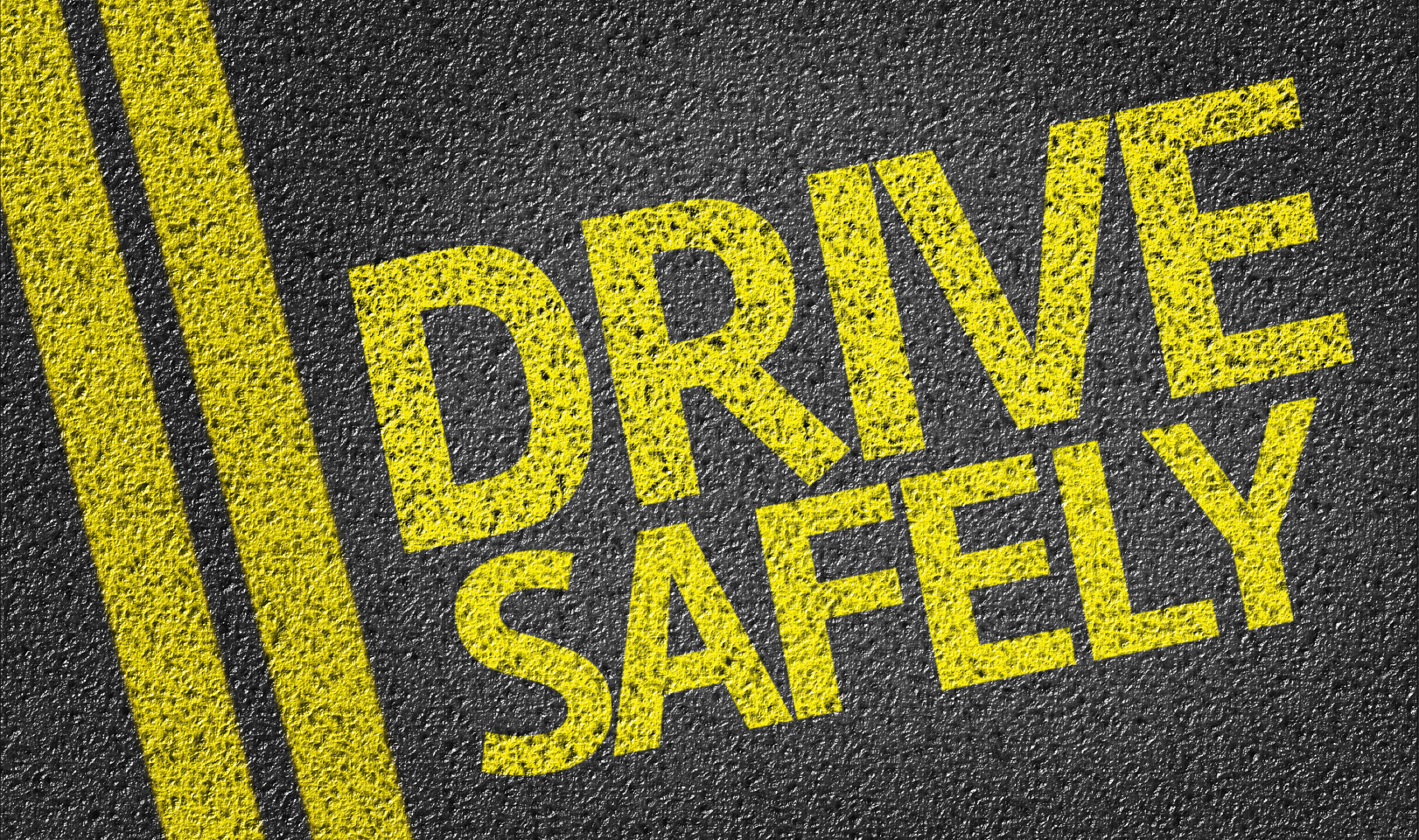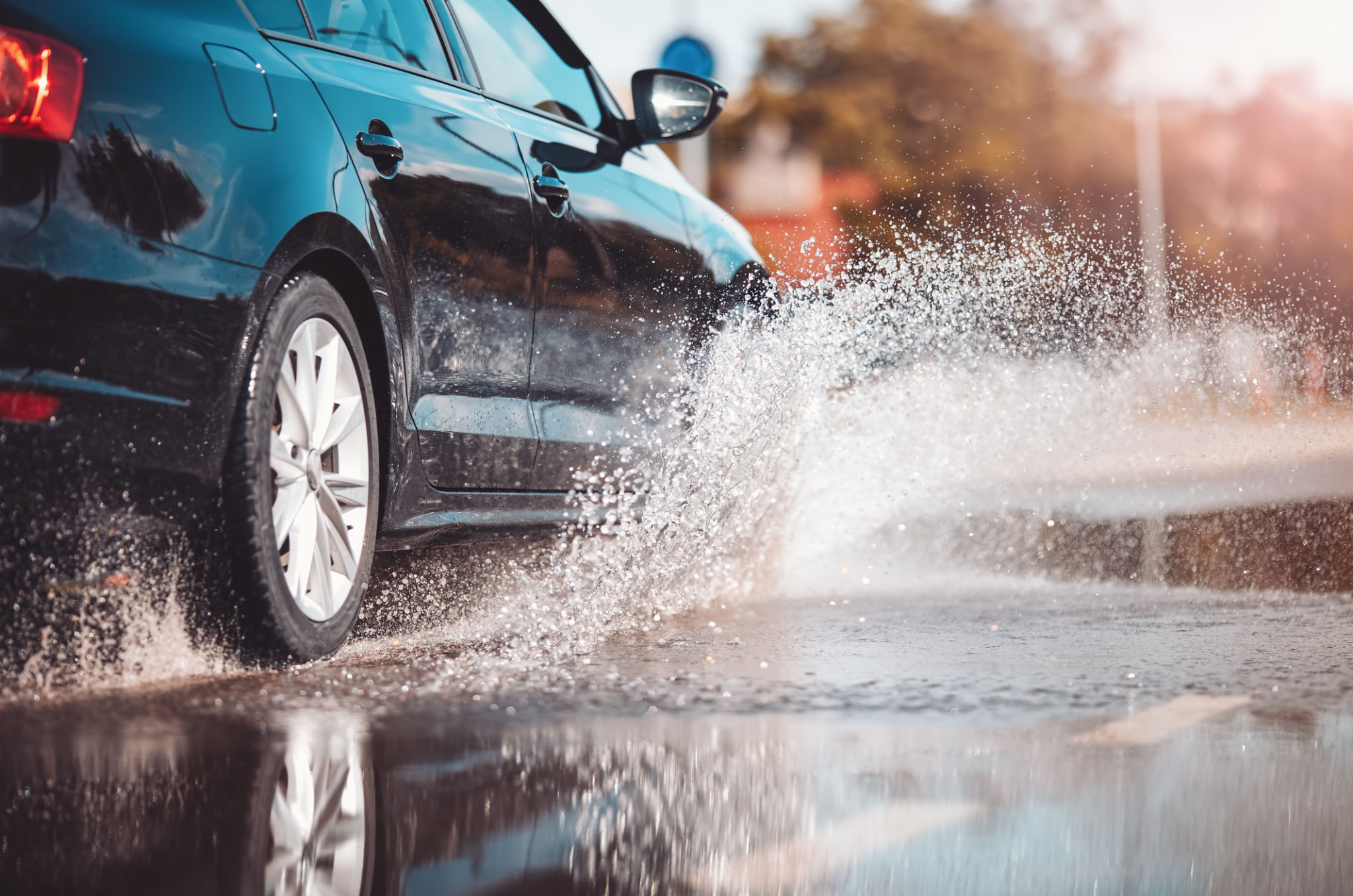Unlock the Secrets of Defensive Driving: Expert Insights & Tips
Understanding Defensive Driving
Defensive driving is a set of skills and techniques that enable drivers to anticipate potential hazards and react appropriately to avoid accidents. Unlike aggressive driving, which often leads to dangerous situations, defensive driving prioritizes safety and awareness. By mastering these techniques, drivers can significantly reduce their risk of being involved in a collision.
The core principle of defensive driving is to always expect the unexpected. This mindset allows drivers to remain vigilant and prepared for sudden changes in traffic conditions, weather, or the behavior of other road users. By maintaining a calm and focused attitude, defensive drivers can make informed decisions that help protect themselves and others on the road.

Key Techniques for Defensive Driving
Maintain a Safe Following Distance
One of the most crucial aspects of defensive driving is maintaining a safe following distance. This gives drivers ample time to react if the vehicle ahead suddenly stops or swerves. A good rule of thumb is to keep at least a three-second gap between your car and the vehicle in front. In adverse weather conditions, increase this distance to account for reduced visibility and traction.
Stay Alert and Avoid Distractions
Defensive drivers understand the importance of staying alert and minimizing distractions. This means keeping both hands on the wheel, avoiding the use of mobile devices, and refraining from engaging in activities that take your focus away from the road. Remaining attentive ensures you are ready to respond quickly to any unexpected situations.

Anticipate Other Drivers' Actions
Another essential skill for defensive driving is anticipating the actions of other road users. By observing the behavior of nearby vehicles, pedestrians, and cyclists, you can predict potential hazards and take preemptive measures to avoid them. For example, be cautious when approaching intersections or merging lanes where sudden movements are more likely to occur.
Adapting to Various Driving Conditions
Weather Considerations
Defensive drivers adapt their strategies based on current weather conditions. Rain, fog, snow, or ice can drastically affect road safety by reducing visibility and increasing stopping distances. In these scenarios, slow down, use headlights appropriately, and keep a larger following distance to enhance safety.

Night Driving Tips
Driving at night presents its own set of challenges due to reduced visibility and an increased likelihood of encountering impaired or fatigued drivers. To stay safe, use your high beams when appropriate, but be sure to dim them for oncoming traffic. Additionally, focus on the road's edge lines as guideposts in poorly lit areas.
Benefits of Defensive Driving Courses
Defensive driving courses offer valuable insights and practical training for both new and experienced drivers. These courses cover a wide range of topics, from accident avoidance techniques to the effects of alcohol on driving performance. By completing a defensive driving course, individuals can sharpen their skills and potentially qualify for insurance discounts.
Moreover, participating in these courses can boost a driver's confidence by reinforcing safe driving habits and providing a deeper understanding of traffic laws and regulations. Overall, investing in defensive driving education is a proactive step toward ensuring safety on the road.

